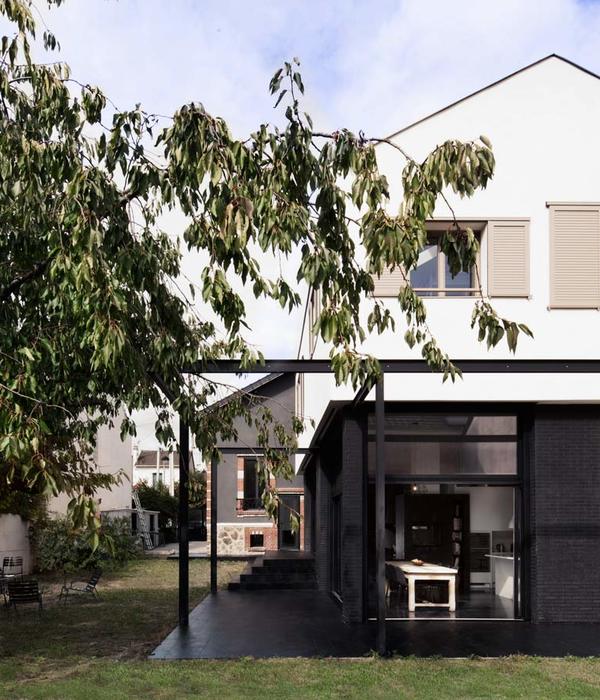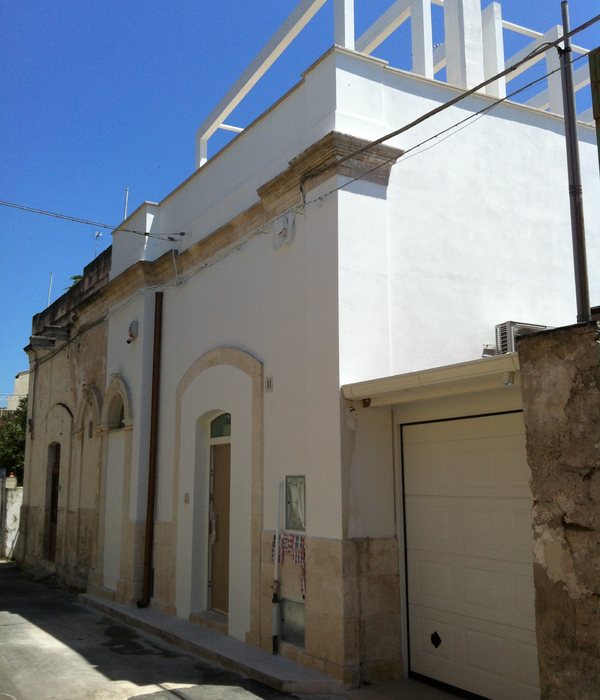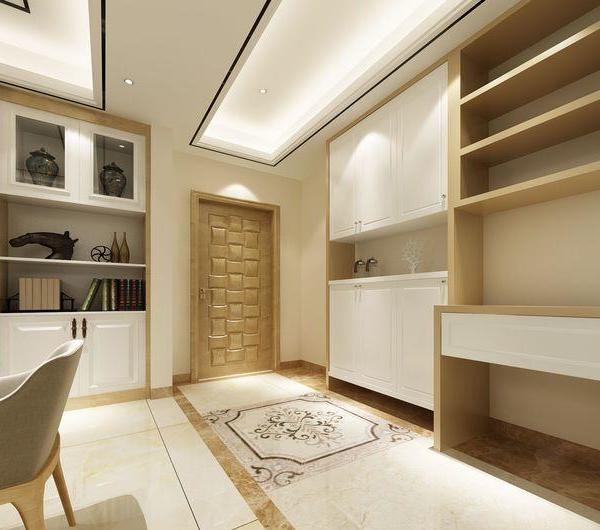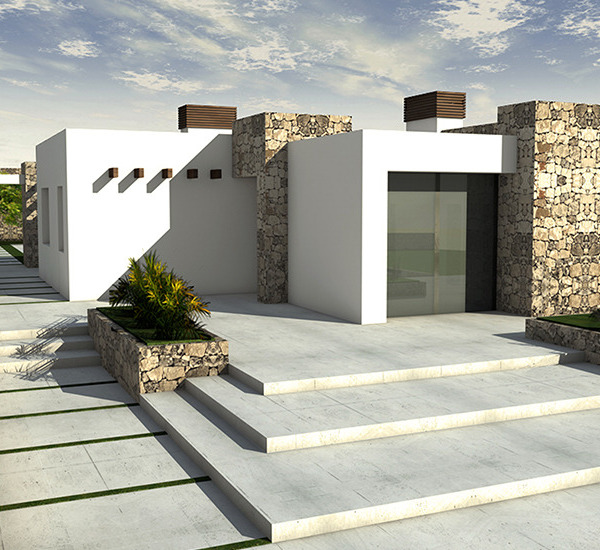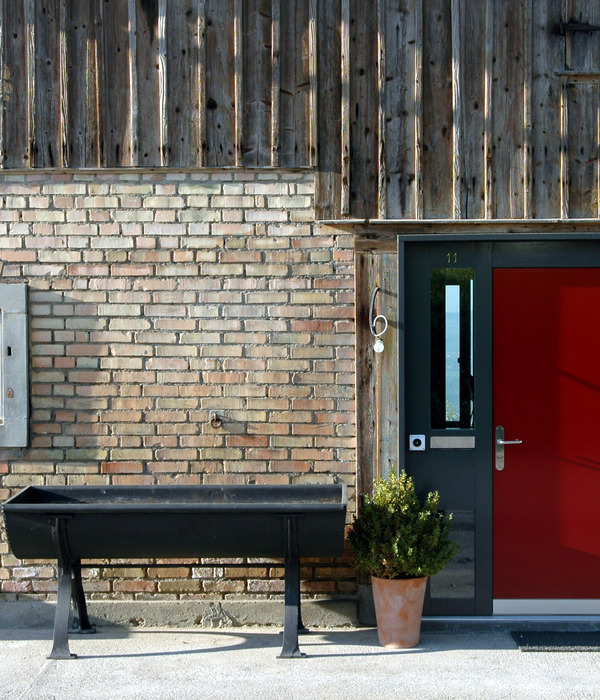The county of Molina de Segura that stands today is a vastly different town to the one that existed in 1980s Spain. The formerly rural city is now a sprawling suburban plain following rapid development over the last few decades. Among it sits the Rambla Climate House. The home is the result of a fairly atypical collaboration; it brings together not only architects Andrés Jaque (Office for Political Innovation) and Miguel Mesa del Castillo, but also includes edaphologist María Martínez Mena and ecologists Paz Parrondo Celdrán and Rubén Vives.
Through this diverse project team’s collective commitment towards climate reparation in Murcia, Spain, the Rambla Climate-House was born. It exists as a “demonstrative climatic and ecological device [that] contributes towards reparations for the environmental and climate damage caused by over-urbanisation in Molina de Segura”, share the project team.
Gathering neighbours and members of the community, the team worked “at the scale of the independent citizens” to collate insights and experiences that ultimately could be embedded into a home that “regrounded Molina de Segura’s urbanisms”.
Beyond its pastel lime green interior, the jagged metal-clad form of Rambla Climate-House coils itself around an elliptical open space—a space that is, quite literally, the very heart of this home. Translating to ‘a territorial system of riverines’, the project team explain how ramblas “constitute a fabric of veins carved out by seasonal rainfall in a dry, stepped landscape”. It is here that “humidity accumulates and biodiversity flourishes”. Almost hugging this outdoor area, the home shapes itself around the pocket of artificial rambla, creating “corridors of freshness, carbon fixation and ecological entanglement that all play a crucial role in the climatic and earthy stability of Molina de Segura’s ecosystems”.
Rainfall from the roof and greywater from showers and sinks is harnessed and then used to spray the elliptical rambla space in the heart of the home. Along with creating an ephemeral mist that’s not typically found in residential properties, the sprayed water works to recreate a condition often experienced at the edge of riverines. A series of sensors activate automated humidity and conductivity systems, allowing the home to “escape the control of humans, and instead, meet the requirements of a reparation process”, says the project team.
Feeding off this carefully curated ecology, brachypodiums, myrtles, mastic trees, fan palms, oleanders, and fire trees now all grow within the home. Many insects, birds, and lagomorphs find shelter here, allowing Rambla Climate-House to be home to many living things beyond just humans.
The project team share how they “maximised the energy efficiency of the home in unorthodox ways”. Along with more traditional energy-saving measures such as passive hot water, they adopted several spatial tactics to ensure that the house was laid out to consider the flow of energy, cooling and ventilation.
Ramble Climate-House is a welcome addition among the highly developed landscape of Molina de Segura. It’s a home set up to organically exist in its ecology. Reflecting on the project today, the highly collaborative design team share how rewarding it’s been to see “glimpses of its former more-than-human life rapidly re-emerge” after the initial one year period.
[Images courtesy of Office For Political Innovation. Photography by Jose Hevia.]
▼项目更多图片
{{item.text_origin}}

